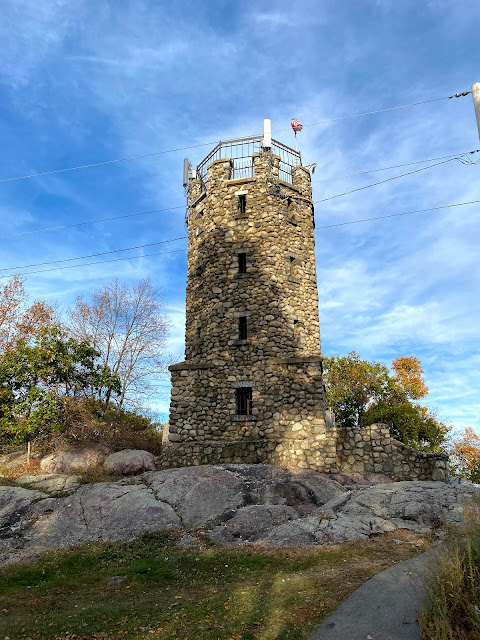St. Alfege Park and Church, Greenwich, England, UK
St. Alfege Park and Church, Greenwich, England, UK
St. Alfege's Church when I visited last fall was unfortunately, both closed, and under construction. Therefore many of my pictures here are of the Cemetery associated with it, or "Park," as it functions as now.
St. Alfege was named for the Archbishop of Canterbury who was martyred or murdered by the Danes at this location in 1012. The church is where King Henry VIII, was said to be baptized. The Church Website has a very illustrative and informative history webpage that is worth a visit. The current church re-built in 1711 suffered damage during a bombing in 1941 (WWII), and the rebuilding largely occurred in 1946. I'm also including the Wikipedia link here because it has quite a bit of history as well, however, I'll note a couple of the dates seem to deviate marginally from those on the church's webpage. Of note, Wikipedia mentions that General James Wolfe, who died in a victorious battle at the Plains of Abraham in Quebec City, Canada, is buried here.
I was hoping to find out more information about what had happened to the St. Alfege Cemetery because it is rather clear that headstones have been cleared out or moved along the boundaries to make way for the park that now occupies its center. I did find one website that implied that at least some of the moving or destruction of these stones happened quite recently (2011) and it alludes that it was sanctioned by those maintaining the park. This really is quite unfathomable that such decisions are being made in current times. Another blog/website makes references to the fences of gravestones but there is no implication that it is unnatural or "moved" from original locations, which to me I find difficult to comprehend that it wasn't. If anyone has information please email me, or add it in the comments, I'm both curious, and would appreciate including references for accuracy.
From reading many of the comments in the first link (above) what I've learned is that potentially many of the headstones were destroyed or damaged during the Blitz, and that in past decades the Cemetery had been ill-kept, attracting drug users and homeless people. The surrounding community decided to revitalize it, which probably was a good decision. What I have no context for is whether the park pre-existed, and to what extent markers were moved or destroyed to make way for it.
What can be concluded, is that at least some modern inhabitants of Greenwich took a utilitarian approach to revitalization, and some time the interests of a few (not an endorsement of this) become casualty for the interests of the many.
 |
| A rare siting of my wife and travel companion in the park. Something about this inclusion seemed appropriate, illustrating the repurposing of the park, and the atmosphere of our rainy day visit. |
 |
| The sports facilities, bike racks and lawns in the middle of an expanse that was once a cemetery to me is very surreal. |
 |
| Note the playground in the corner. There's certainly worst things that could happen to a cemetery of long past individuals. |
 |
| Unfortunately a touch blurry |
 |
| St. Alfege, closed for visiting just before we arrived. |
Text and photographs by George Parks
Sources are embedded in links












Comments
Post a Comment